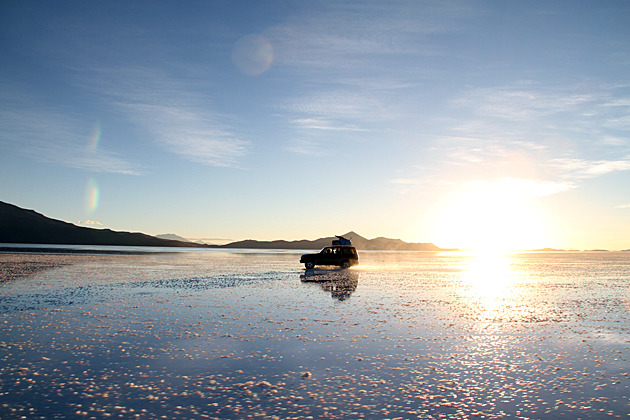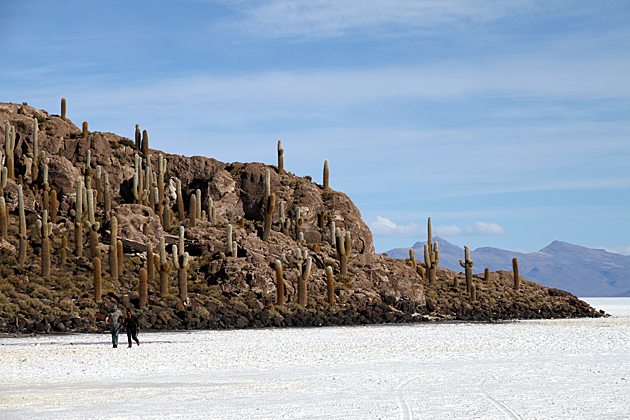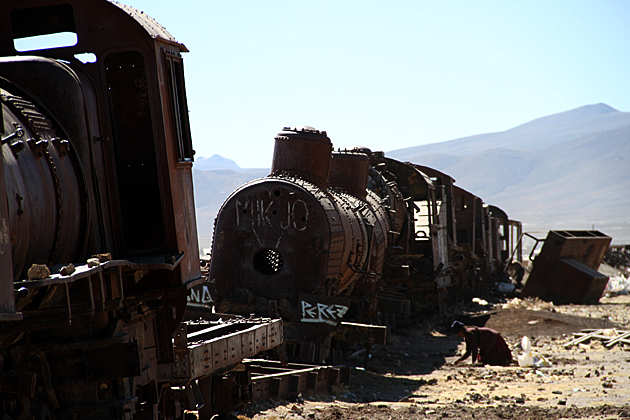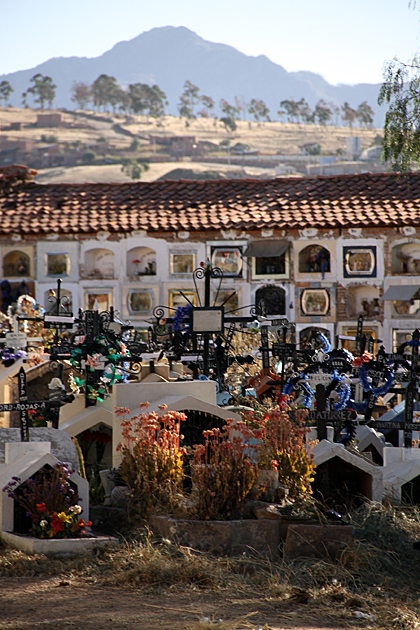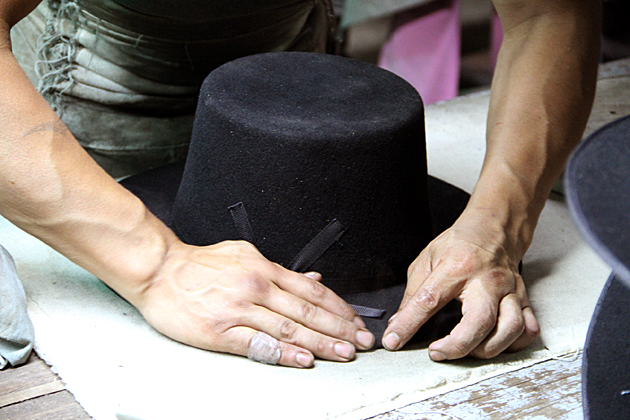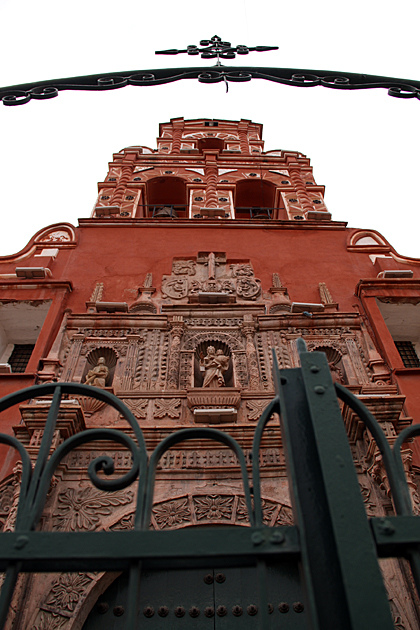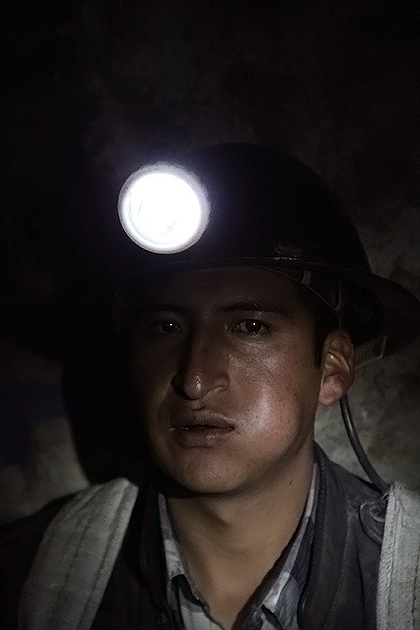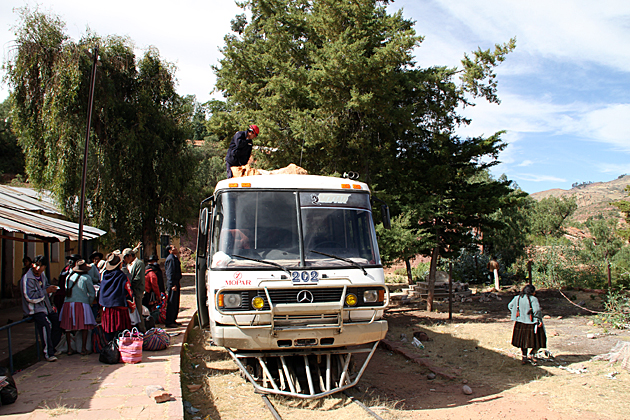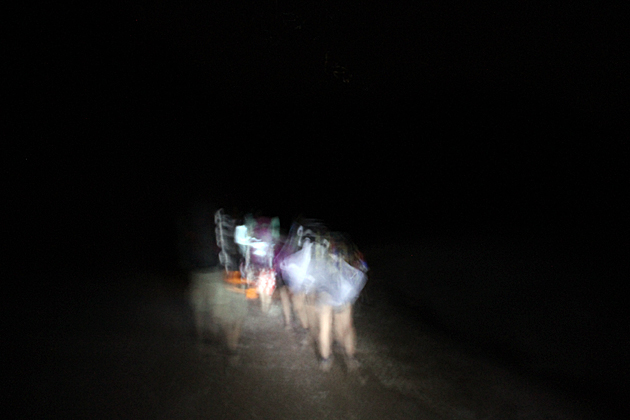The Salar de Uyuni
The Salar de Uyuni is the most bizarre landscape I've ever stepped foot on, wresting the title away from South Dakota's Badlands, which I visited when I was nine. (That's a long run, Badlands, nothing to hang your head about!) Absolutely level as far as the eye can see, the salt flat becomes one of the world's largest mirrors when covered with water, and serves as an important orientation point from space. But we were visiting during winter, when the ground is cracked and dry.
